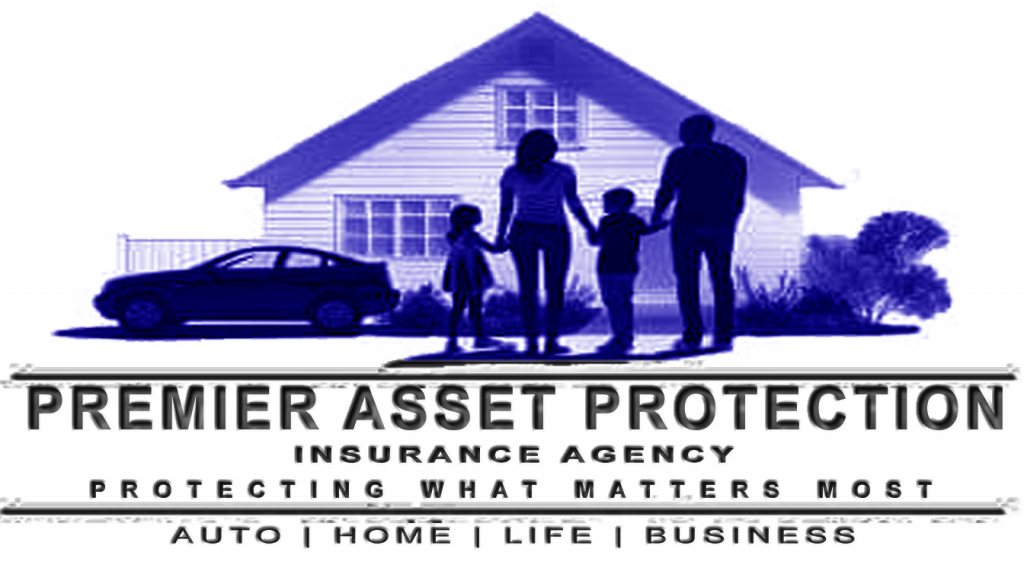Additional Living Expenses (ALE) coverage, also known as Loss of Use coverage, is an essential part of most homeowners insurance policies. It helps cover the extra costs you incur if your home becomes uninhabitable due to a covered peril (such as a fire, storm, or other disaster), and you need to live elsewhere temporarily while repairs are being made.
Key Features of Additional Living Expenses (ALE):
- What ALE Covers:
- Temporary Housing: If your home is damaged and you need to live somewhere else while it is being repaired (such as a hotel, rental property, or temporary housing), ALE will cover the cost of that accommodation.
- Increased Daily Living Expenses: It covers the additional costs of daily living that exceed what you would normally spend. For example:
- Meals: If you’re unable to cook at home, ALE will cover the extra cost of dining out.
- Transportation: If your temporary living situation is farther from work or school, ALE can help cover the cost of increased commuting.
- Pet Boarding: If you need to board your pets due to the damage to your home, this expense may also be covered under ALE.
- Laundry or Cleaning: If you’re unable to do laundry or other household tasks due to your temporary living situation, ALE can help cover those additional costs.
- Covered Perils:
- ALE is typically triggered by damage to your home from covered perils, such as:
- Fire
- Water damage from a burst pipe or storm (but not flooding, unless you have separate flood insurance)
- Windstorms, hail, or tornadoes
- Vandalism or theft
- ALE does not apply if the damage is from uncovered perils, like floods or earthquakes (unless additional coverage is purchased for those risks).
- ALE is typically triggered by damage to your home from covered perils, such as:
- Limits and Duration:
- Coverage Limit: ALE coverage typically has a limit that is a percentage of the dwelling coverage. For example, if your home’s coverage is $300,000, your ALE limit might be 20% of that, which is $60,000. This means your ALE coverage would cover up to $60,000 in additional living expenses.
- Duration: There may also be a limit on how long ALE will pay for temporary living expenses. This duration can vary, but it is often until your home is repaired and habitable again or until a specified amount of time has passed, such as 12-24 months, depending on your policy and the extent of the damage.
- Reasonable and Necessary Expenses:
- The expenses covered under ALE must be reasonable and necessary. For instance, if you’re staying in a luxury hotel or dining out at expensive restaurants unnecessarily, the insurance company may only reimburse you for reasonable and similar accommodations or meals.
- Waiting Period:
- Some policies may have a waiting period before ALE kicks in, meaning you might need to cover certain expenses yourself for a few days or weeks before the insurance starts reimbursing you.
Example Scenarios:
- Fire Damage:
- After a fire severely damages your home, you cannot live in it until repairs are made. Your homeowners insurance policy includes ALE coverage, so the insurer pays for your stay in a hotel, meals at restaurants, and transportation costs until your home is repaired.
- Water Damage:
- A broken pipe causes significant water damage to your home, making it uninhabitable. ALE coverage will pay for you to stay in a rental home or hotel while your home is being fixed.
- Extended Stay in a Hotel:
- If your home is being repaired for an extended period, and you need to stay in a hotel or rent a place to live, ALE will cover those increased costs. This can include rent, utilities, and even pet boarding if necessary.
Why You Need ALE Coverage:
- Financial Protection During Displacement:
- Without ALE coverage, you would be responsible for paying for temporary housing and living expenses on your own, which can be financially burdensome during an already stressful time.
- Peace of Mind:
- ALE coverage ensures that you don’t have to worry about your living situation and can focus on rebuilding or repairing your home without the additional concern of how to pay for temporary accommodations.
- Help With Unexpected Costs:
- When your home is damaged, and you’re forced to live elsewhere, the costs of living can quickly add up. ALE helps ease this burden by covering the extra expenses that arise due to your displacement.
Things to Keep in Mind:
- Documentation: You may need to keep detailed records of your extra living expenses to ensure that you’re reimbursed. This could include hotel bills, restaurant receipts, transportation costs, and more.
- Policy Details: It’s important to review your homeowners policy for specific details about ALE coverage limits, exclusions, and the duration of coverage. Every policy is different, so knowing the terms will help you understand how long and how much you can claim.
- Temporary vs. Permanent: ALE covers only temporary living expenses. If your home is deemed a total loss and you need to move permanently, you would rely on your dwelling coverage for the cost of rebuilding or replacing your home.
Conclusion:
Additional Living Expenses (ALE) coverage is a crucial part of homeowners insurance that provides financial relief when your home is uninhabitable due to a covered disaster. Whether you’re staying in a hotel, renting a temporary apartment, or incurring additional costs for food and transportation, ALE helps cover those extra expenses while your home is being repaired. This coverage ensures that you’re not financially burdened during a difficult time and gives you the peace of mind that you can maintain your normal living standards until your home is habitable again.

